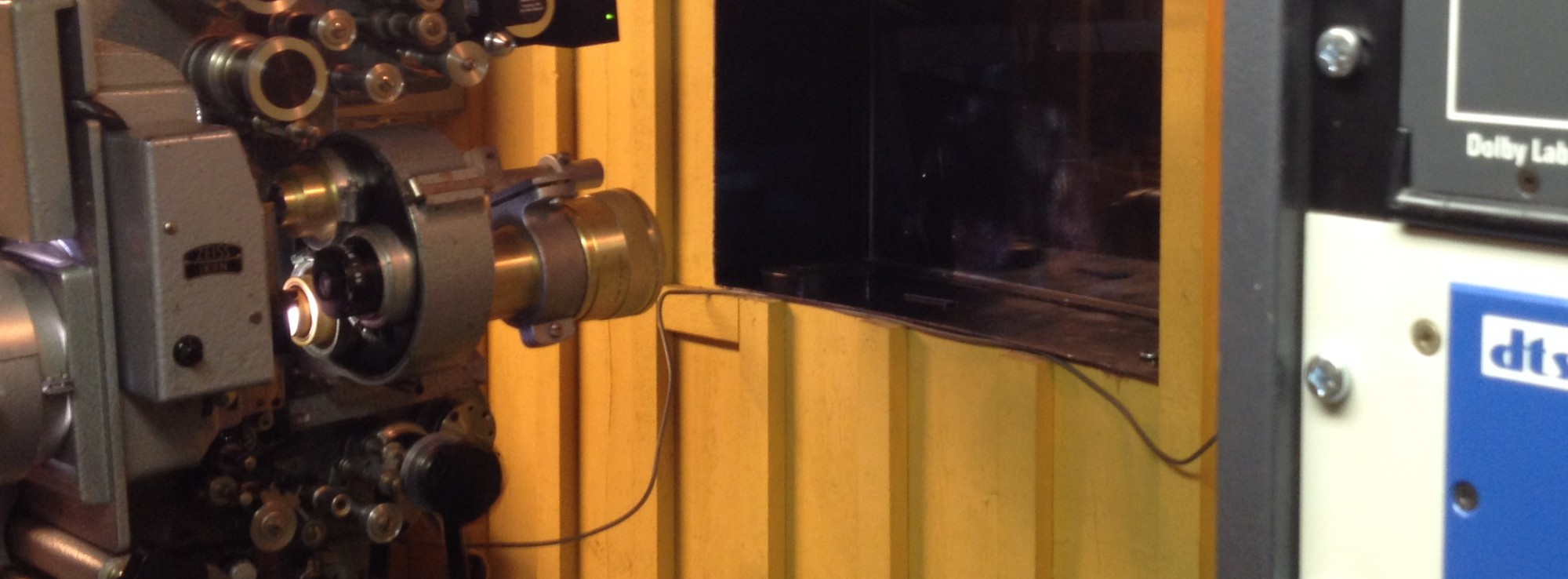I’ve been at the movies twice in the last two weeks, which is extraordinary for me, these days. There was a time when I watched hundreds of movies every year but then I got kids, work got in the way, and all that. I’m now part of the lost generation, as the cinema owners call it. Before October (hmm, November?) of last year, the last one I watched was in 2008.
Anyway, first I saw the new Star Wars with my wife. I enjoyed every minute of it, to be sure, but when the end credits rolled I was disappointed, nevertheless. First and foremost, in a single stroke, they had undone everything Luke Skywalker stood for in the first three movies in one swift stroke. What took him two and a half movies took Rey the Jedi Savant about one minute. Learn about the Force? Nope, you don’t need a master, just do our Lightning Course. Nope, you don’t need to train, all you need is a first, um, victim. Nope, no need to plan ahead. Build it and they will come. Just do it, as the commercial says.
Second, the script, um, wasn’t. What I saw was rearranged from (mostly) the first three movies, you know, that best kind of flattering. Probably why people approved of the thing, probably why they thought it was what #4 should have been. And probably why I was screaming inside for all of it, in spite of enjoying it.
See, JJ Abrams is talented. Really talented. He knows how to tell a story, he knows what is going to get you. He did it twice with the Star Trek reboot and he did it now. Because a reboot it was, no doubt about it. It was disguised as a sequel but very thinly, and he rewrote the business rules in one efficient stroke.
And third, the coincidences and happy accidents that framed the story, from the stupid robot landing within bargaining sight from Rey the Savant to Han Solo and the wookie to encountering right after lift-off (with the bloody Millennium Falcon!), they were a bit much.
I miss George Lucas’s attention to detail, his sense about what all this means. Sure, I don’t miss Jar-Jar, but c’mon, he was *never* important.
Of course, I will watch #8, and if the director is as good as JJ, I will enjoy it, but the battle was lost in this one.
